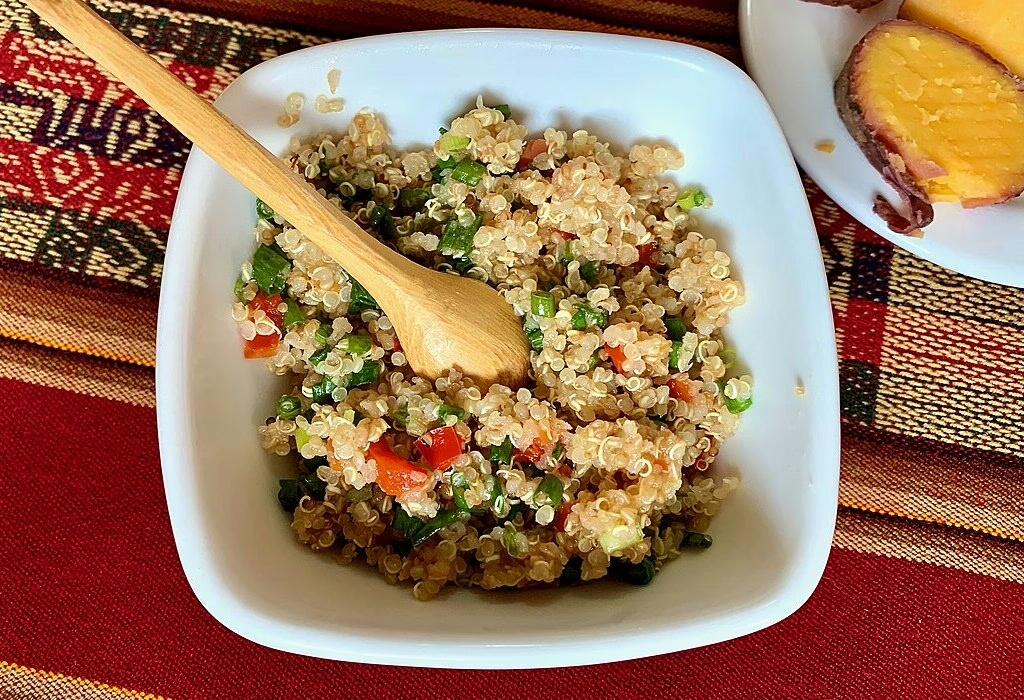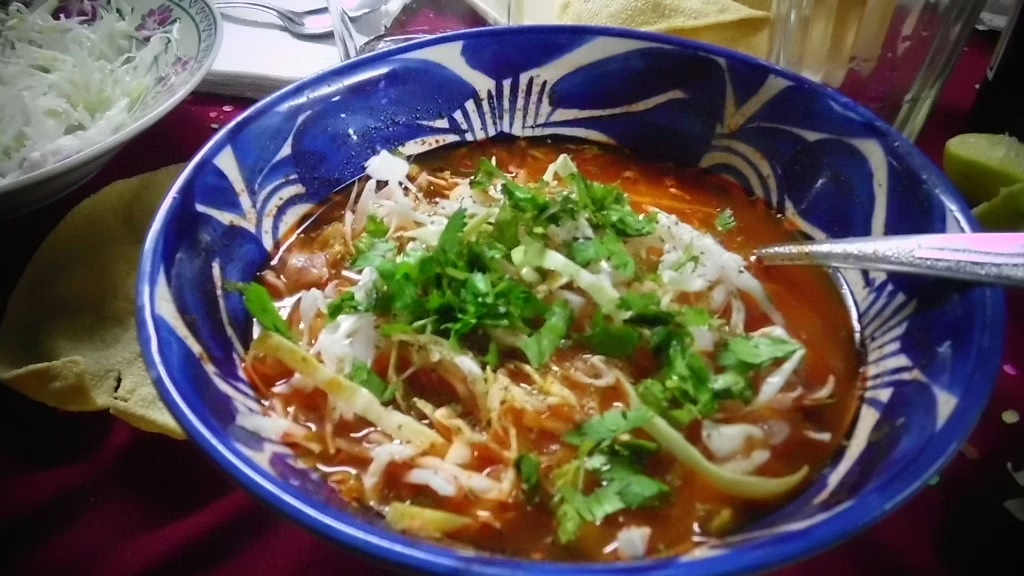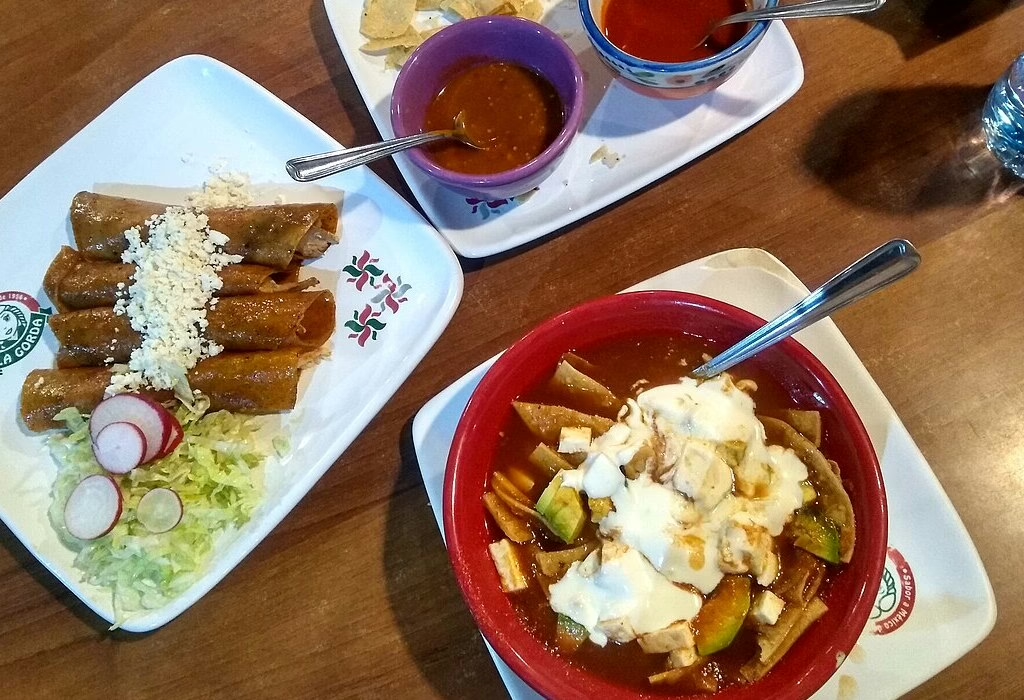Table of Contents:
- Why is Aztec food essential in Mexico’s culinary culture?
- What recipes did Aztec people use to cook?
- How can you create your Aztec food recipe?
- Popular Aztec Dishes
- Popular Aztec Drinks
- Conclusion
- Informative Video
Why is Aztec food essential in Mexico’s culinary culture?
Aztec food is vital to Mexico’s culinary heritage as it forms the heart and soul of traditional Mexican cuisine. Its significance lies in the rich tapestry of flavors, ingredients, and techniques that have deeply influenced and shaped the country’s food culture.
The Aztecs brought in many new foods, such as corn, beans, chili peppers, tomatoes, and cocoa. They used these ingredients in their cooking and made them part of their everyday meals. These foods became important in Mexican cuisine and showed how well the Aztecs knew about flavors and cooking.
Aztec food is a mix of old traditions and cultural ways. It told ancient ceremonies, beliefs, and times when people came together. This heritage became part of how Mexicans cook and eat today. The Aztecs saw food as something special, like how Mexican food is enjoyed and shared today with loved ones.
Discovering Aztec food is like finding a treasure filled with cooking secrets that have been shared for ages. It’s a link connecting the old ways with our lives today, keeping old recipes and flavors alive. To learn about Aztec food helps us value Mexican food even more, respecting where it comes from and the many flavors that make it special.
🌮Discover the ancient secrets of Mexican food by joining our tours:
- Savor Tlaxcala and Puebla Delicious Treats (14h)
- A Delicious Trip in Mexico City’s Condesa and Roma Neighborhoods (4h)
- Enjoy Grutas in Tolantongo, Delicious Pulque, and Mexican Dishes (3 Days)
- Puebla: Taste Irresistible Flavors of Cholula and Atlixco (3 Days)
- Street Food: Yummy Flavors and History in Mexico City’s Downtown (4h)

What recipes did Aztec people use to cook?
The Aztec people cooked many tasty dishes celebrating their land and culture. Their cooking mainly used corn, beans, chili peppers, tomatoes, squash, and cocoa, making these foods a big part of their meals. Check out our Veracruz food article. 🍽️
They made “tortillas” from corn dough, which they used as a base for many dishes. They also enjoyed “tamales,” which are made by stuffing masa (corn dough) with meats, beans, or veggies, wrapping them in corn husks, and steaming them until they’re just right. Check out our post about Mayan food! 🌽
The Aztecs loved “pozole,” a thick stew made with hominy corn cooked with meat, like pork or chicken, mixed with spices and herbs. They also savored “mole” (in ancient times, called ‘Muli.’ It wasn’t like the current mole, but it was something similar. Nowadays, it’s a special sauce made with chili peppers, chocolate, and more, used with meats or drizzled over foods like enchiladas.
“Champurrado,” a cozy drink that the Aztecs enjoyed, was made with corn flour, chocolate, and spices. They also liked “xocolātl,” a bitter and frothy beverage crafted from ground cocoa beans and water, occasionally spiced up for flavor.
Aztec recipes honored the balance of flavors and textures, relying on native ingredients and cooking methods passed down through generations. Their cuisine merges different tastes and cooking styles, leaving a mark on modern Mexican cooking. Check out our post about spicy food! 🌶️

How can you create your Aztec food recipe?
Crafting your Aztec-inspired recipe is a fun culinary journey! Begin by exploring key ingredients that played a crucial role in Aztec cooking. Consider using staple elements like corn, beans, chili peppers, tomatoes, squash, chocolate, and indigenous herbs or spices. Here’s an example of a simple and delicious Aztec-inspired recipe:
Aztec-Style Quinoa Salad 🥗
Ingredients:
- 1 cup quinoa
- 1 can black beans (rinsed and drained)
- 1 cup cherry tomatoes (halved)
- 1 small red onion (finely chopped)
- 1 jalapeño pepper (seeded and diced)
- 1 bell pepper (diced)
- Fresh cilantro (chopped)
- 1 avocado (diced)
- Lime juice
- Olive oil
- Salt and pepper to taste
Instructions
- Rinse the quinoa thoroughly and cook it according to the package instructions. Let it cool.
- Combine the cooked quinoa, black beans, cherry tomatoes, red onion, jalapeño pepper, bell pepper, and cilantro in a large mixing bowl.
- Drizzle olive oil and lime juice over the mixture. Season with salt and pepper, adjusting to taste.
- Gently toss all the ingredients until well combined.
- Add the diced avocado and mix lightly to avoid mashing it.
- Allow the flavors to meld by letting the salad sit in the fridge for about 20-30 minutes before serving.
Feel free to experiment with other ingredients or spices to make it your own! This recipe celebrates the essence of Aztec-inspired flavors while incorporating a modern twist. Enjoy your culinary creation inspired by the rich traditions of Aztec cuisine!

Popular Aztec Dishes
The Aztecs enjoyed various dishes that made us understand their rich culinary culture. Some of the most popular and iconic Aztec foods include:
- Tamales: These were a staple in Aztec cuisine. They were made from masa (corn dough) filled with various ingredients like meats, vegetables, or cheese, wrapped in corn husks, and steamed.
- Atole: A comforting drink made from masa, water, and sweeteners like sugar or honey, often flavored with chocolate, fruit, or spices.
- Pozole: A hearty stew consisting of hominy (dried corn kernels treated with alkali), meat (usually pork or chicken), and seasoned with chili peppers and other spices.
- Tlacoyo: A stuffed masa cake, like a thick tortilla, typically filled with beans, cheese, or other ingredients and cooked on a grill.
- Chocolate: The Aztecs were among the first to cultivate and consume chocolate. They prepared it as a frothy drink flavored with spices like chili and vanilla.
These foods from the Aztecs used local ingredients cleverly, influencing Mexican cooking that’s still loved today. They left a lasting mark on the way people eat in Mexico.

Popular Aztec Drinks
The Aztecs had a variety of flavorful drinks deeply rooted in their culture. One famous beverage was “chocolatl,” a precursor to hot chocolate. It was a cherished treat for special occasions and royalty, made from cocoa beans, spiced with chili, and sweetened with honey.
Another popular drink was “pulque,” made from maguey plant sap. This mildly alcoholic drink was sacred in Aztec rituals, symbolizing life and fertility. Then there was “atole,” a warm, comforting drink made from corn dough, water, or milk flavored with cinnamon, chocolate, or fruits. Atole was a daily staple, especially enjoyed on chilly mornings or with meals.
These drinks were more than refreshments; they held cultural importance in ceremonies, feasts, and social gatherings. Their flavors mirrored the Aztecs’ bond with nature and creativity in making drinks, reflecting their beliefs. Today, modern versions inspired by these ancient Aztec drinks are enjoyed, keeping alive the rich heritage that shaped our drinking customs.

Conclusion
Exploring the world of Aztec cuisine has been a fascinating journey into ancient flavors, culinary knowledge, and cultural richness. Aztec food is not just about what they ate, but also about how they connected with their land, nature, and the gods. Their use of local ingredients like corn, beans, chili peppers, tomatoes, and cocoa was not only practical but also deeply tied to their beliefs and lifestyle. These foods became essential to their daily meals, but they also had a symbolic meaning. Over time, the flavors and techniques of Aztec cooking blended into what we now call Mexican cuisine, making their influence lasting and strong.
The Aztecs were incredibly creative and resourceful when it came to food. They grew and used a wide variety of ingredients, many of which are still fundamental in today’s Mexican cooking. Corn, in particular, was sacred to them, and they used it in countless ways, from making tortillas to tamales, to create meals that were rich in taste and meaning. Their cooking was more than just nourishment; it was a way to honor the earth, celebrate community, and express cultural identity. Dishes like tamales, pozole, and atole have withstood the test of time and remain beloved across Mexico and beyond. They are not just historical foods; they are a living part of modern cuisine that keeps the spirit of the Aztec people alive.

One of the most beautiful aspects of Aztec food is how it reflects their connection to the land.
The Aztecs had a deep respect for nature, and their food was a way to show gratitude for the resources they had. For example, their use of beans, squash, and chili peppers wasn’t just because these ingredients were available, but because they saw them as gifts from the gods. These ingredients formed the basis of their diet and were considered sacred. Through their cooking, they honored the natural world, and their belief in the spiritual significance of food is still reflected in how Mexicans today view meals as a time for family, community, and celebration.
Aztec cuisine was also about sharing.
Meals were often communal, with families and communities coming together to enjoy food, tell stories, and celebrate life. This tradition of sharing meals continues in Mexican culture today, where food is not just about feeding the body, but also about bringing people together. The Aztecs’ approach to food as a communal experience is seen in the way Mexicans gather around the table to enjoy their meals. Whether it’s a small family dinner or a large celebration, food plays a central role in connecting people. In this way, Aztec food is not just about what is on the plate, but about creating bonds and fostering a sense of belonging.
The enduring popularity of Aztec dishes like tamales, pozole, and atole is a testament to their lasting impact on Mexican food culture. These dishes have been passed down through generations, evolving over time but still holding on to their roots. Each of these dishes tells a story, not only of the Aztec people but also of how food can carry history and culture through the ages. Tamales, for example, were often made for important ceremonies and were filled with various ingredients, depending on the occasion. Today, tamales are still a part of Mexican life, enjoyed at celebrations, holidays, and even everyday meals.

Pozole,
A rich stew made with hominy and meat, is another dish that has survived through the centuries. It was traditionally made during special events and is still prepared for important gatherings. The evolution of mole, a complex sauce made with chili peppers, chocolate, and spices, shows how Aztec food has influenced not only Mexican cuisine but also world cuisine. Mole, which has its roots in Aztec cooking, is now enjoyed worldwide, showing how the flavors of ancient Mexico have transcended borders.
Aztec food wasn’t just about cooking; it was about the cultural expression of a people deeply connected to their land and traditions. Each dish told a story, weaving together heritage, rituals, celebrations, and the spirit of the Aztec community.This cultural depth is something that continues to live in Mexican food today. The vibrant markets, street food, and festive meals that define modern Mexican cuisine are rooted in these ancient traditions. The essence of Aztec food can still be found in the way Mexicans approach meals with joy, reverence, and a sense of togetherness.

As we explore Aztec food,
We are reminded of the deep connection between food, culture, and community. The Aztecs used food not only to nourish their bodies but also to express their beliefs, celebrate life, and honor the earth. This tradition continues today in Mexico, where food is seen as a way to connect with others, celebrate heritage, and enjoy life. Aztec cuisine teaches us to appreciate the rich flavors, traditions, and stories that food can carry. It shows us that food is not just about eating, but about sharing, honoring the past, and keeping cultural traditions alive.
In the end, Aztec cuisine is more than just a set of recipes; it is a bridge between past and present, a way of remembering where we come from and celebrating who we are. The ancient wisdom of the Aztecs, passed down through generations, still lives on in every meal we enjoy. Exploring Aztec food reminds us of the enduring connection between food, culture, and community.
